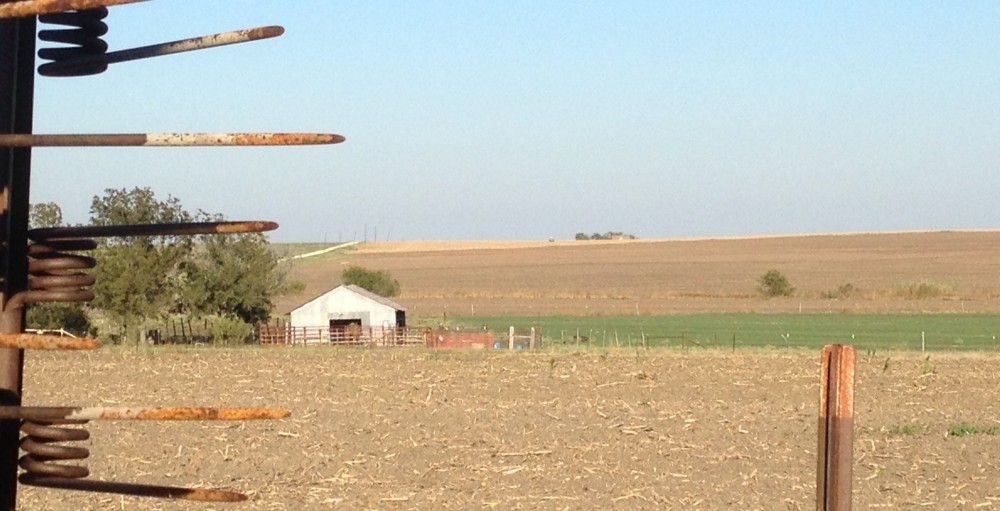Thank you all for reading.
The newest story was great fun to write.
It started, as many stories do, from a word or phrase that jumped to mind, borrowed traits and aspects of characters and places inhabiting real life, and came to possess a reality of its own — different, but, in a strange way, not far removed from the everyday.
In other words, it is a story. It is not real life. Though, that, perhaps, is not completely sure.
Certainty is a strange concept.
Let’s explore it.
Perhaps, the greatest “certainty” quote of all times is that of the scientist-politician who liked to fly kites and sign declarations. In his private correspondence, Benjamin Franklin states: “In this world nothing can be said to be certain, except death and taxes.” Now, that is a mouthful. In life, it was Benjamin’s recorded observation that there are two things you are sure to lose: your life and your money. If that is so, and the experience of almost all who have lived would seem to attest so, perhaps both should be enjoyed to their fullest and not kept too close to the vest. Still, doubt can be a very healthy human quality. Should we jump too quickly to a conclusion?
Certainly not, Francis Bacon would say. Take your time. Shouldn’t a cautious individual consider all the possibilities – at least at first, when full youth and vigor? Or, as the 1st Viscount framed his comment to that question and Mr. Franklin’s surmise: “If a man will begin with certainties, he shall end in doubts; but if he be content to begin with doubts, he shall end in certainties.” Doubt can be said to be the fundamental underpinning of the scientific method, and the one human characteristic that has ensured the advance of modern thought and technology. Doubt everything, begin with crinkled eyebrows and advance with pointed finger to deeper thoughts. Death and taxes may not be so assured as stated. It may depend. Perhaps another view is warranted.
Could certainty be a hobgoblin of the male mind? Could the focused search for the definite be a directed distraction of certain one-sided hormonal prejudices not shared by all the species? Can an intuitive knowing be of equal or better stature? In the fixation on mission, have we become lost in the jungle of manly myth? The great storyteller Rudyard Kipling would seem to think there may be another path to certainty. To quote, “A woman’s guess is much more accurate than a man’s certainty.” Wow. Death and taxes may come and go, but a woman’s guess is the way to go. I knew that, and if I didn’t, I should have. That’s for certain.
There you have it, three quotes on certainty — to paraphrase and in conclusion: 1) Death and taxes are certain; 2) Begin with doubts, then end with certainties (maybe death and taxes aren’t so certain); and 3) When in doubt, ask a girl (quit worrying so much and ask her out for sodas and a talk – no telling what you’ll learn).
And that, I think, is how stories are born.
Have no doubt about it.
Grandpa Jim
